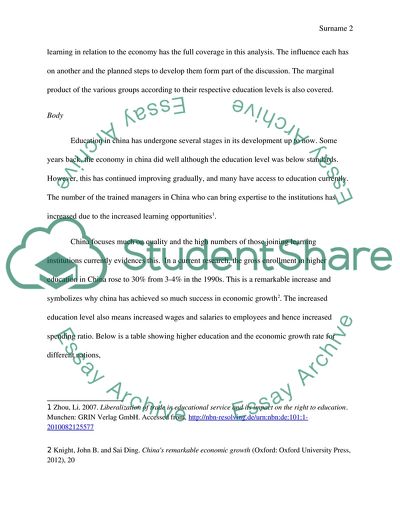Cite this document
(Does the tertiary education have effect on Economy growth in China Research Paper, n.d.)
Does the tertiary education have effect on Economy growth in China Research Paper. https://studentshare.org/macro-microeconomics/1797496-does-the-tertiary-education-have-effect-on-economy-growth-in-china
Does the tertiary education have effect on Economy growth in China Research Paper. https://studentshare.org/macro-microeconomics/1797496-does-the-tertiary-education-have-effect-on-economy-growth-in-china
(Does the Tertiary Education Have Effect on Economy Growth in China Research Paper)
Does the Tertiary Education Have Effect on Economy Growth in China Research Paper. https://studentshare.org/macro-microeconomics/1797496-does-the-tertiary-education-have-effect-on-economy-growth-in-china.
Does the Tertiary Education Have Effect on Economy Growth in China Research Paper. https://studentshare.org/macro-microeconomics/1797496-does-the-tertiary-education-have-effect-on-economy-growth-in-china.
“Does the Tertiary Education Have Effect on Economy Growth in China Research Paper”. https://studentshare.org/macro-microeconomics/1797496-does-the-tertiary-education-have-effect-on-economy-growth-in-china.


